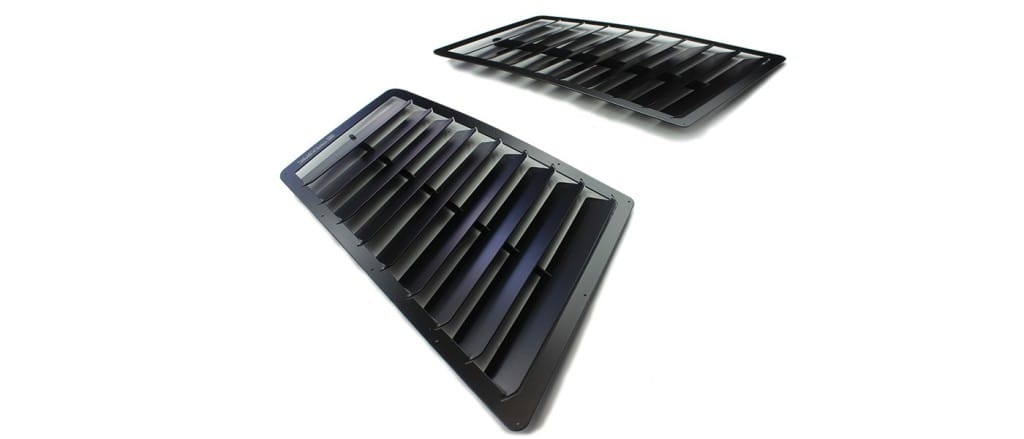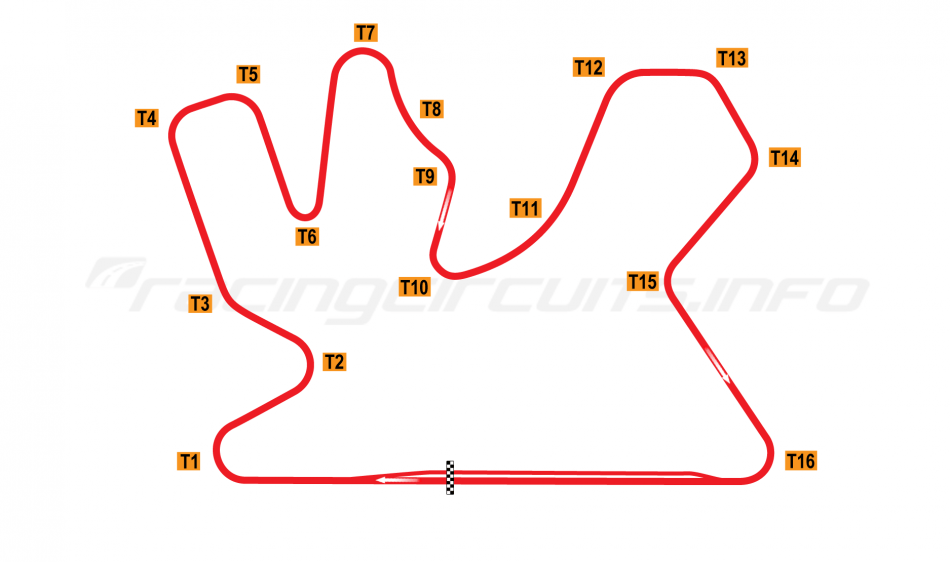Toyota 86 & Subaru BRZ Hood Vents Track Testing Data - 2017
January 6, 2017
At CounterSpace Garage (CSG), we enjoy receiving third party data that challenges our R&D and findings. The more data, the better we can assess how your car’s health parameters and performance specifications at the track and on the street.

One hotly debated item are hood vents / vented hoods and their functionality for high performance setups. We have tested a variety of off the shelf hoods from Seibon, Varis, J’s Racing, Mugen, ASM, and louvered hood vent kits for Toyota 86 & Subaru BRZ on the track and on the street. All of them yielded very different results and we understand that some hoods are developed for looks, some are developed for pure performance, and some are developed to hit just in between. Of course, every setup has to look good and we definitely don’t like to slouch in that department.
From our previous blog post, we discussed the benefits of hood vents and a properly designed hood vent can not only reduce underhood temps, but also improve cooling efficiency, aerodynamic efficiency, and indirectly reduce front end lift.

Trackspec Motorsports developed Hood Vents for Toyota 86 / Subaru BRZ have been the main topic as of late and our clients tend to be some of the quickest in their racing series. One particular client provided some impressive data from a racing series that consistently sees very high ambient track temperatures and wheel-to-wheel action on the 5.4km Losail Circuit (Qatar). Data was accumulated in 3 separate events with 3 of the fastest laps per each setup on the same track with 3 different hood configurations at 2:26-2:27 pace (2:27 is with passenger). Currently this client holds the class lap record at 2:25.9.

Third Party Tester (GT86CUP Competitor) racing in the same field as fine tuned K-series (known to output some amazing power) in those lightweight Hondas.

Note: The driver has an external oil cooler that maintains oil temperatures to a sustainable level during his wheel-to-wheel racing. Top 3 laps of each setup is recorded in its most stressed event. Oil temperature data is presented in the following tables to show how well the oil temperature stabilized during these most stressed runs.
Factory Hood (no vents) - Summer/Autumn 2016
| Fast Lap | OAT (degC) | Min (degC) | Max (degC) |
| 1 | 25-27 | 107 | 110 |
| 2 | 25-27 | 107 | 110 |
| 3 | 25-27 | 107 | 110 |
Leading Competitor Vent Kit - Winter 2016
| Fast Lap | OAT (degC) | Min (degC) | Max (degC) |
| 1 | 18-20 | 103 | 109 |
| 2 | 18-20 | 104 | 109 |
| 3 | 18-20 | 104 | 109 |
Trackspec T1 Hood Vent Kit - Summer/Autumn 2016
| Fast Lap | OAT (degC) | Min (degC) | Max (degC) |
| 1 | 25-27 | 98 | 104 |
| 2 | 25-27 | 99 | 105 |
| 3 | 25-27 | 100 | 106 |
Observations: The temperature differentials were significantly different compared to a non-vented hood. Some contribution is noted to, in partial representation, of the ACE race header and ACE specific tune. A properly tuned engine yields sustainable parameters, allowing the engine to output its best performance in the most efficient manner.
Notables: Due to this driver's overwhelming success against his competition, the Trackspec vents were temporarily disqualified in 2016. The driver has reported that venting is restricted to a limited area for the 2017 season. Due to this vent restriction, the driver revamped his front aero package to accommodate the loss of the Trackspec Hood Vents.
Conclusion: The Trackspec T1 Hood Louver kit has been proven, by a third party tester, to be a very effective modification to hoods to improve system cooling efficiency, drag reduction, and reduction in front lift.
References: We thank the client for providing this data to us after testing throughout the year.
Trackspec Motorsports - T1 Hood Louver Kit
Jackson Racing - External Oil Cooler Kit - NA Application
ACE Merged Header - 4-2-1 - Type A - 350 Collector (overpipe included)
ACE Merged Header - 4-1 - Anaconda 42.7mm - Crossfire (overpipe included)
Voltex Type-2 GT Wing - Subaru BRZ / Scion FR-S / Toyota GT86












